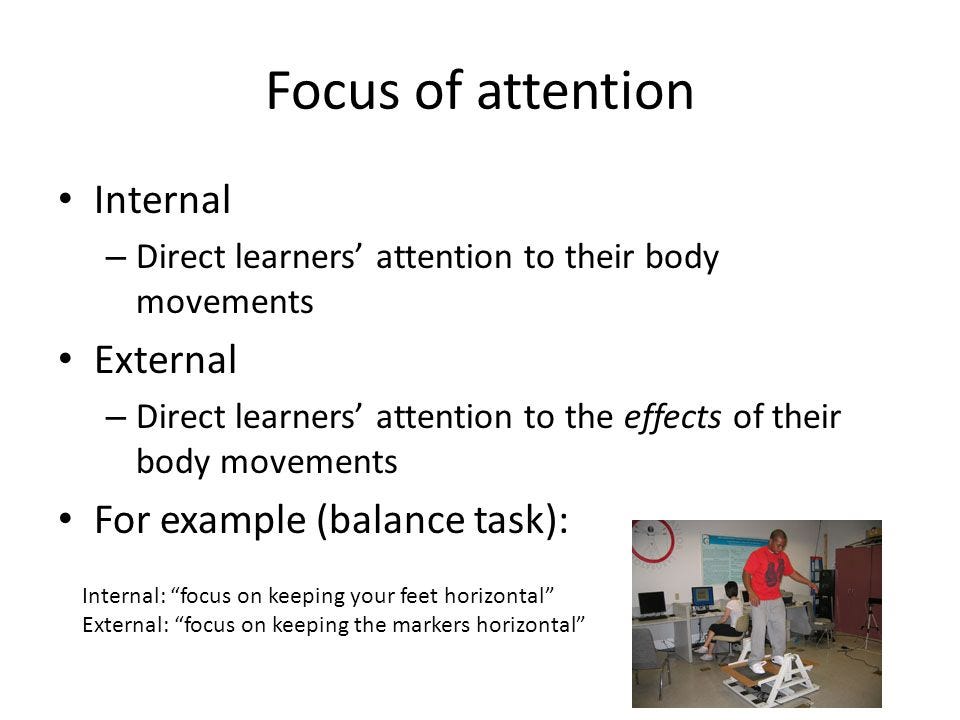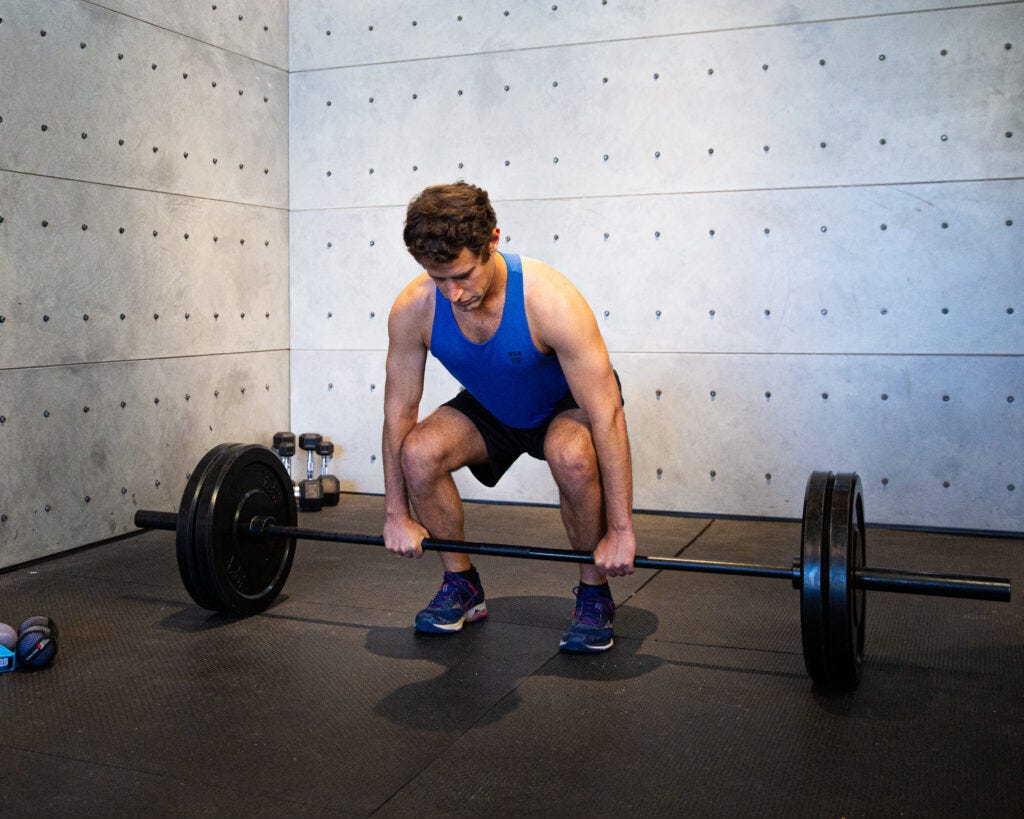
Program design and coaching requires the culmination of evidence-based research (EBR) and experience. Clients are individualistic, with proclivities and behaviors distinct from other people. Each person progresses at different rates, perceives pain and discomfort uniquely, while holding attitudes towards exercise, nutrition, and lifestyle changes that may also differ. All of the aforementioned constituents play an intricate role in program design, implementation, and outcome measures (i.e., improvement in muscular fitness). The following sections will cover some of the challenges this author has experienced, as a means of exploring solutions to the barriers that clients have presented.

Coaching the proper execution of an exercise is a central theme between clientele. However, each client may respond in a unique manner to the author’s coaching cues. One technique that has been implemented into practice is the application of external attentional focus. McNevin, Wulf, and Carlson (2000) defined internal attentional focus as paying attention to one’s own body movements, and external attentional focus as paying attention to one’s actions and the environment. McNevin et al. (2000) compared internal and external attentional to the golf swing. Subjects using internal focus emphasized concentration on their swing within their arms, while externally focused subjects concentrated on the head of the club hitting the ball. The authors discovered that externally focused subjects had higher target accuracies than internally focused subjects (McNevin et al. (2000). Thus, understanding the value of external cuing can help expedite the learning curve during resistance training.

The deadlift is a multi-joint exercise, incorporating fully body motions and higher levels of coordination compared to most other exercises. Moreover, the deadlift is a movement pattern, which teaches the author’s clientele (i.e., who are recovering from motor vehicle accidents) how to properly lift objects off of the floor in a spine conserving fashion (McGill, 2007). Understanding the value of external attentional cues allows an opportunity to coach the deadlift in a more efficient manner. Instead of having the clients focus on many muscles and joint positions (i.e., internal focus) emphasis is placed on one or two external cues, such as asking the client to “stick your sternum out and drive your hips backwards” (i.e., external focus). Such an approach relives the client of the burden of memorizing many muscles and joint positions simultaneously, while allowing him/her to focus, instead, on simple external cues.
Understanding the benefits of muscular fitness is paramount, as it allows us to prescribe exercise in a fashion that is specific to a desired outcome measure. However, a barrier to implementing exercise is the exercise professional’s ability to successfully, and safely, coach the motions and movement patterns to the client. Understanding simple, yet effective, concepts such as external attentional focus provides an opportunity to expedite the time required to impart skills to the client, in a way that is both safe and efficacious.
References
McGill, S. (2007). Low back disorders: Evidence-based prevention and rehabilitation(2nded.). Windsor, ON: Human Kinetics.
McNivin, N.H., Wulf, G., & Carlson, C. (2000). Effects of attentional focus, self-control, and dyad training on motor learning: Implications for physical rehabilitation. Physical Therapy, 80(4), 373-385.
-Michael McIsaac
